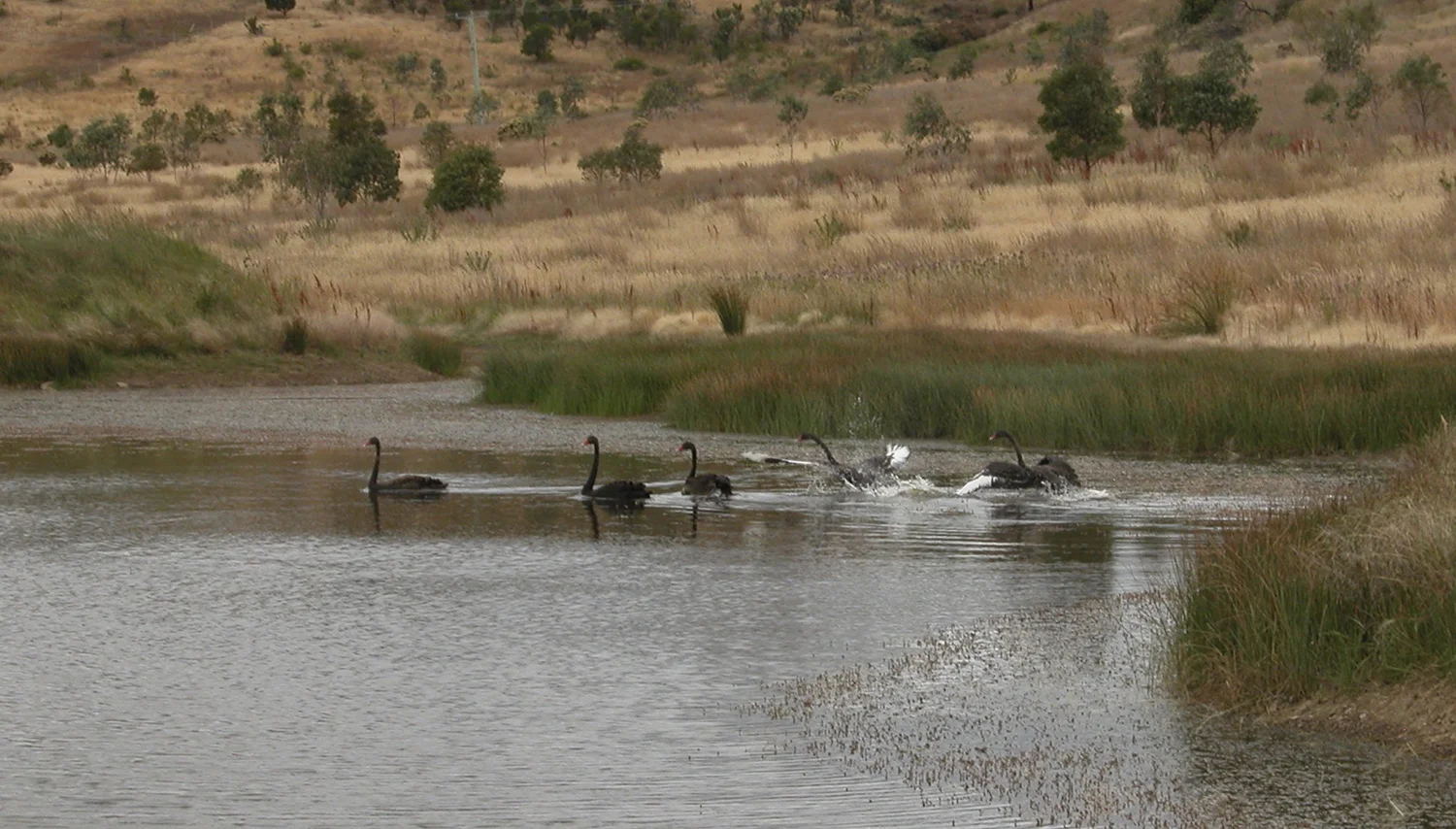
Yarns from the farm
Share in the moments of joy and sorrow, frustration and hilarity as I learn to grow the finest wool in the world in the most sustainable way I can.
Read the latest post:

It's the Season, Silly
When I first began farming, after I realised that it was not going to be as easy as it looked from the highway, I would ask “Why?” about any number of mysteries having to do with raising sheep. Almost invariably, the answer would come back in some variation of: “It’s the season.” Why is the spear grass so bad this year? It’s the wet spring. Why are the grubs so bad this year? It’s the dry winter. Why are we having so much trouble with intestinal worms? It’s the wet summer.

The Bed of a Jedd
From my all-time favourite Dr Seuss, The Sleep Book, comes the following character:
A Jedd is in bed, and the bed of a Jedd
Is the softest of beds in the world it is said.
He makes it from pompoms he grows on his head.
And he’s sleeping right now, on the softest of fluff,
Completely exhausted from growing the stuff.
The softest of fluff—and unlike the Jedd, there’s just a bit more to it than piling up the pompoms to sleep on. In honour of all the knitters who’ve recently subscribed to Yarns, I thought I might tell you the little bit I know about how to go from pompoms to knitting wool.

Welcome to the new subscribers!
Just to make things more challenging, yesterday I spent the entire day marking the new lambs, and today I'm recovering from picking up 340 rather good-sized lambs and putting them in the marking cradle. I'm a bit late getting the marking done--lots of rainy weather got in the way, and those lambs just keep growing!


Wild Things in Tame Places
Just metres away from my house is a small paddock that was completely overgrown with gorse—6-8 metres high, and so dense that I lived here for 2 years without realising that (a) there was actually a view on the other side of the wall of gorse; or (b) that the gorse hid two entire car bodies.

Felix, Clara and Sabrina
It is surprisingly difficult to write sensibly about lambing. I don’t know if this is because it is an intimate, intense natural process filled with wonder and anxiety, or because there are so many aspects that it’s hard to know where to start. Like the character of the wool at shearing, lambing reflects the whole year’s integration of how well I have read the season and the signals from my animals and the landscape.

Swan Love
The question, all spring, has been: “Is that a mating pair, or are they brother and sister?” Last year the parents of one (or both—or possibly neither, but I’m not willing to accept that option) nested in wintry July and raised a clutch of five cygnets, who took wing in December, but have returned sporadically since. So I’ve been watching these two for any sort of courtly behaviour.

Flame Robins
Oddly, the darling red-breasted flame robins show up here in autumn, bright harbingers of winter in the otherwise increasingly sere and blond grassland. In their inimitable cheeky way, they lure you along the track, flying from fencepost to fencepost, singing and daring you to follow. The mundane explanation of their autumn appearance is that they spend summer at higher altitude, and only descend to pass the winter in (slightly) less demanding conditions.










